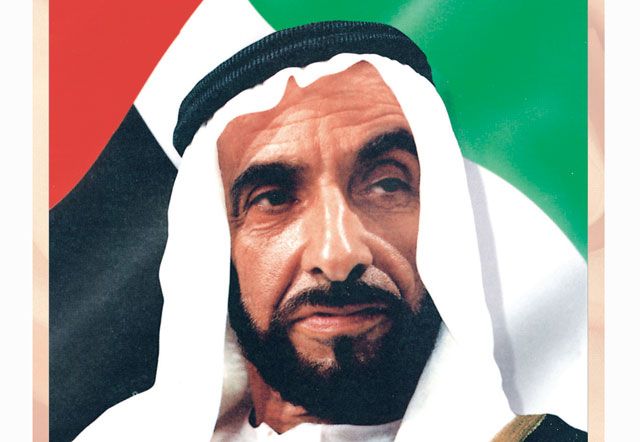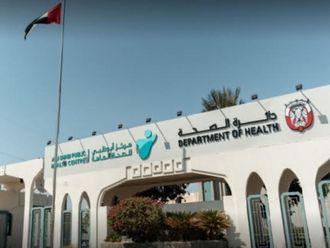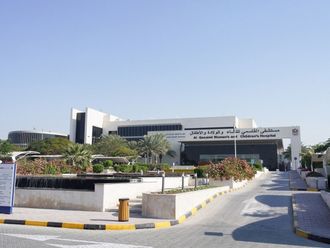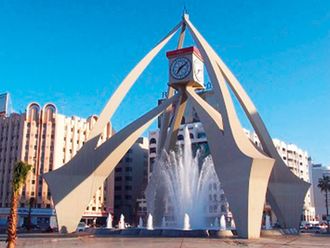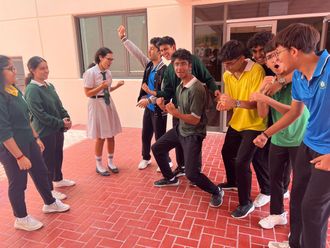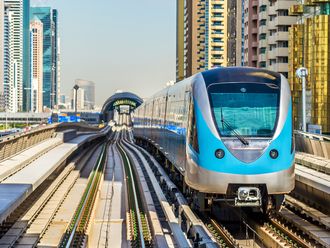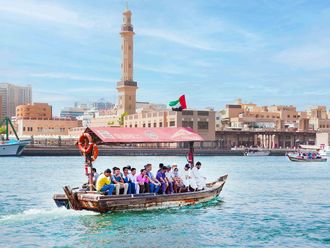Dubai: Shaikh Zayed Bin Sultan Al Nahyan, the founder of the UAE, envisioned a long-term environmental strategy to green the UAE way back in 1972.
It was not lost on him that such a strategy would involve comprehensive planning on multiple levels including agriculture, animal populations, the availability of power, the marine environment and oil resources.
His awareness of the challenge at hand was reflected in his words: "The experts didn't encourage us to cultivate our lands and said a green initiative in this climate would be impossible. However, we said to them, let's try it. Then, Allah, the Almighty, enabled us to succeed in transforming our desert and barren lands to green fruitful zones, which enabled us to progress and continue cultivating it."
The wise leader ensured the green drive was not limited to agriculture alone and paid serious attention to land and marine reserves as well as the protection of endangered species. Environmental protection also was given due importance with emphasis on reducing all forms of pollution and the adoption of the latest control measures.
Shaikh Zayed started by overhauling falaj (the traditional irrigation canal systems) and digging water wells to provide potable water and water to meet irrigation needs. In fact, he commissioned the ‘Al Sarooj falaj' in Al Ain city, a project which took almost 20 years but came to be regarded as one of the most significant such efforts in the country.
While the falaj channels were being dug, Shaikh Zayed didn't just remain a passive observer. He was alive to the possibilities and once personally descended 100 feet into an excavation site to offer the site team directions.
Shaikh Zayed also ordered the building of specialised centres to monitor slaughterhouses and conduct experiments for increasing yield from animal farms. Agricultural surveys were also introduced.
Research centres
He also ordered the establishment of a centre for environmental research. The purpose of setting up such a centre was to focus on desert and marine environments and to establish scientific cadres to raise awareness among UAE nationals about the importance of the environment.
While the period from 1980-1983 witnessed a remarkable green boom due to the adoption of modern irrigation systems as instructed by Shaikh Zayed, there was still the need for land to be reclaimed and for more modern agricultural methods to be introduced. New, highly productive varieties of fruits and vegetables were planted.
During the period from 1988 to 1991, the emphasis shifted to research on local agricultural practices and the cultivation of saline-resistant trees which consume less water.
In 2000, the UAE joined the international treaty on plant genetic resources. The country also boosted international cooperation aimed at strengthening technical cooperation among date-producing countries and harnessed joint efforts to achieve food sufficiency among such countries.
The cultivation of palms and allied industries received a boost. In the same year, the UAE also joined the Arab Water Council in Cairo, which is concerned with the conservation and protection of Arab water resources besides formulating programmes to develop and optimally utilise water resources and offer recommendations and solutions for any related problems.


